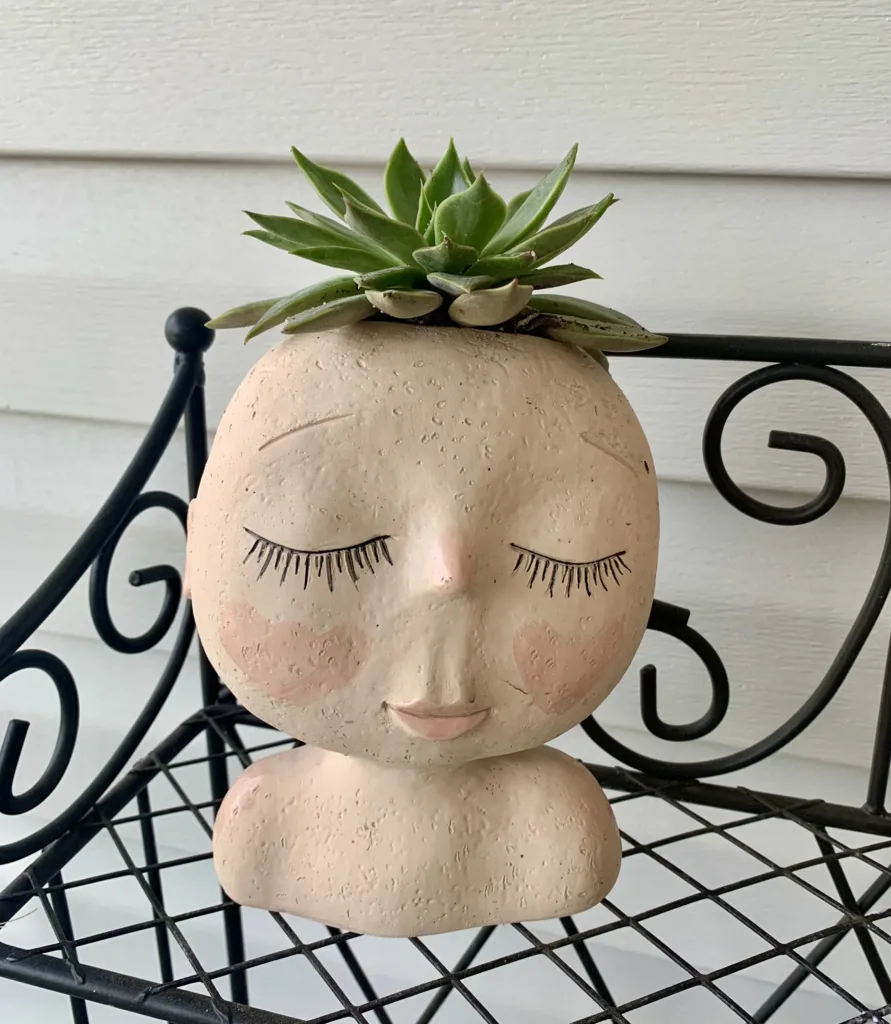Petal leaf succulent, also known as echeveria, is a popular and delightful succulent that is grown for its beautiful foliage and low maintenance care. It is an ideal plant for both indoor and outdoor settings and is a great choice for gardeners who want to add a touch of sophistication to their plant collection. In this ultimate guide, we will discuss everything you need to know about growing and caring for petal leaf succulent, including the best pot type, soil type, light and water requirements, fertilizer type, and how to propagate. So, let’s get started!
Pot Type for the Echeveria
When it comes to selecting the perfect pot for your petal leaf succulent, size is key. It’s important to choose a pot that is slightly larger than the root system of your plant. This allows enough room for the plant to grow and develop healthy roots. Additionally, petal leaf succulent prefers a well-draining pot to ensure that its roots are not sitting in water. A terracotta pot is an ideal option as it allows air to circulate around the roots and keeps the soil from becoming waterlogged. I planted mine in a pot head planter because it’s just adorable!!

Soil for Echeveria
The right soil mix is essential for healthy petal leaf succulent growth. A well-draining soil mix that is high in organic matter is ideal. You can create your soil mix by combining equal parts of peat moss, perlite, and potting soil. These ingredients provide the perfect balance of nutrients, moisture, and air circulation, which are necessary for your plant’s success.
Light and Water Requirements for Petal Leaf Succulent
Petal leaf requires bright, indirect sunlight for optimal growth. When grown indoors, place your plant near a south-facing window where it can get plenty of natural light but avoid direct sunlight as it can scorch the leaves. Additionally, water your plant only when the soil is completely dry to the touch. Overwatering can cause root rot, which can be harmful to your plant’s health.
Fertilizer Requirements
Fertilizer is not a necessity for echeveria, but if you want to give your plant an extra boost, you can use a balanced, water-soluble fertilizer. Feed your plant once a month during the growing season and reduce or stop feeding in the winter when the plant goes dormant. Be sure not to overfertilize your plant as it can damage the root system.
Propagating the Petal Leaf
Petal leaf succulent propagates quickly and easily through leaf or stem cuttings. To propagate using leaf cuttings, gently twist off a mature leaf from the plant and allow it to dry for a few days until the wound has calloused over. Once the leaf has calloused, plant it in a well-draining soil mix and mist it lightly every few days until the new plant has established roots and begins to grow.
Happy Gardening!
Growing and caring for petal leaf succulent can be an enjoyable and rewarding experience for gardeners of all levels. With proper care and attention, this stunning and versatile succulent will thrive and bring beauty to any indoor or outdoor setting. Remember to choose the right pot and soil type, provide the right amount of light and water, use a balanced fertilizer, and propagate using leaf or stem cuttings. Follow these tips, and you’ll have a healthy and thriving petal leaf succulent in no time.
Please be sure to check out my Gardening Blog Post Page for more tips on all types of gardening. Including Seed Saving, Seed Starting, Orchids, Water Gardening, Coldframe Gardening, Indoor Bulb Gardening, Hydroponics, Container Gardening, Mums, Herbs, African Violets, planting Bulbs, Flower Gardening, Vegetable and Fruit Gardening, Indoor Houseplants of all kinds, Cactus, Succulents, Hanging plants, Deer resistant plants and even Bird, Bee, Butterfly and Hummingbird Gardens!
